The annual report card on the health of our river has been released by the Christchurch City Council and while there is a glimmer of improvement, its pretty much the same as previously – poor.
Christchurch City Council has a resource consent with Environment Canterbury which permits the council to release stormwater into the rivers that flow through Christchurch. Under the terms of that consent, the City Council monitors the quality of the water in the city rivers to provide some measure of how well the council is doing to improve the health of our waterways.
While the Council regularly samples water at 11 sites along the 27km of the Ōpāwaho Heathcote River and publishes an annual monitoring report, each year it also releases three aggregate measures of the river’s health and then provides an overall assessment of the river. The 2023 report card for the Ōpāwaho Heathcote River gives it an overall assessment of D – a somewhat depressing indicator that has languished at this level since the reporting began in 2017. The river appears to be getting no better!
Water Quality Index (WQI) The monthly testing of water at each of the 15 sites on the river includes results for levels of copper, zinc, pH (acidity/alkalinity), suspended solids, dissolved oxygen, temperature, ammonia, nitrogen, phosphorus, biochemical oxygen demand and Escherichia coli (E. coli). These measurements are compared to established guidelines for these measures of freshwater.
Making sense of these 11 measurements at each site, let alone for the river as a whole, is a real issue. To achieve an overall measure of water quality, the Council uses a Water Quality Index which was developed in 2016 for the Council based on a Canadian WQI. This index uses three factors to assess water quality:
- scope (the percentage of parameters not meeting the guideline on at least one occasion)
- frequency (the percentage of samples that did not meet the guideline)
- amplitude (the amount by which the guideline was not met).
Scores on the WQI range from 0 – 100, with grades awarded as shown in the table.
Best WQI ever! For 2023, the Ōpāwaho Heathcote River achieved its best overall WQI ever…a C – Fair! Previously, the river’s WQI every year has been a D – Poor. Does this mean that the water quality in the river is improving? It is possible, but one year’s improved WQI is not sufficient to denote a trend. If after three years the river is still achieving a WQI of C then we could make the judgement that water quality is improving.
Sediment Health measures of the river can include the levels of heavy metals and polycyclic aromatic hydrocarbons (PAHs) found in the sediment within the river bed. PAHs are formed whenever organic matter is burned. Emissions from vehicles, domestic fires and particulate waste from industrial processes are sources of PAH in New Zealand. The CCC samples and tests sediment in each of Christchurch’s rivers on a five-year rotation, and just as with the WQI, the council creates a Sediment Quality Index (SQI) that makes it possible to give an overall grade for sediment health to the river.. The most recent SQI for the Ōpāwaho Heathcote River grades it as D – Poor. It has been that since the testing started.
Testing using little critters A healthy river teems with benthic macroinvertebrate life. Benthic macroinvertebrates are small animals without backbones that live on or just below the stream-bed. Most are the larvae of insects (eg mayflies, stoneflies and caddis flies) but other groups such as snails, worms and crustaceans are also common. Benthic macroinvertebrates are extremely important for processing terrestrial and aquatic organic matter. Benthic macroinvertebrates reflect stream health via their central role in stream ecosystems where they feed on periphyton, macrophytes, dead leaves and wood, or on each other. In turn, they are an important food source for animals further up the food chain, such as wading birds and fish. When the insects become adults they leave the water and become food for animals such as birds, bats, spiders, etc.
Quantitative Macroinvertebrate Community Index (QMCI) Also on a five-year rotation, the Christchurch City Council uses a count of the relative abundance of macroinvertebrates to determine an index of stream health for each of the city’s rivers. The QMCI is sensitive to subtle changes in water quality and stream health because it responds to changes in the relative proportions of different species that are present. The last time the Ōpāwaho Heathcote River was evaluated on the this measure, the QMCI score gave the river a D – Poor; likely severe pollution. This pollution will include sediment from the Port Hills which destroys the habitat of macroinvertebrates by smothering the gaps between shingle on the river bed where many of the macroinvertebrates live and breed.
Must do better It is like getting a school report that says “Your child is underperforming and must strive to do better”! For those of us working to improve the water quality of the Ōpāwaho Heathcote River, it is just a further reminder of how much there is yet to be done to make a real difference. For those who were unaware of the river’s health status, it is a wake-up call to get behind efforts to reduce sediment by planting the gullies of the Port Hills, and to generally improve the quality of stormwater entering the river.

